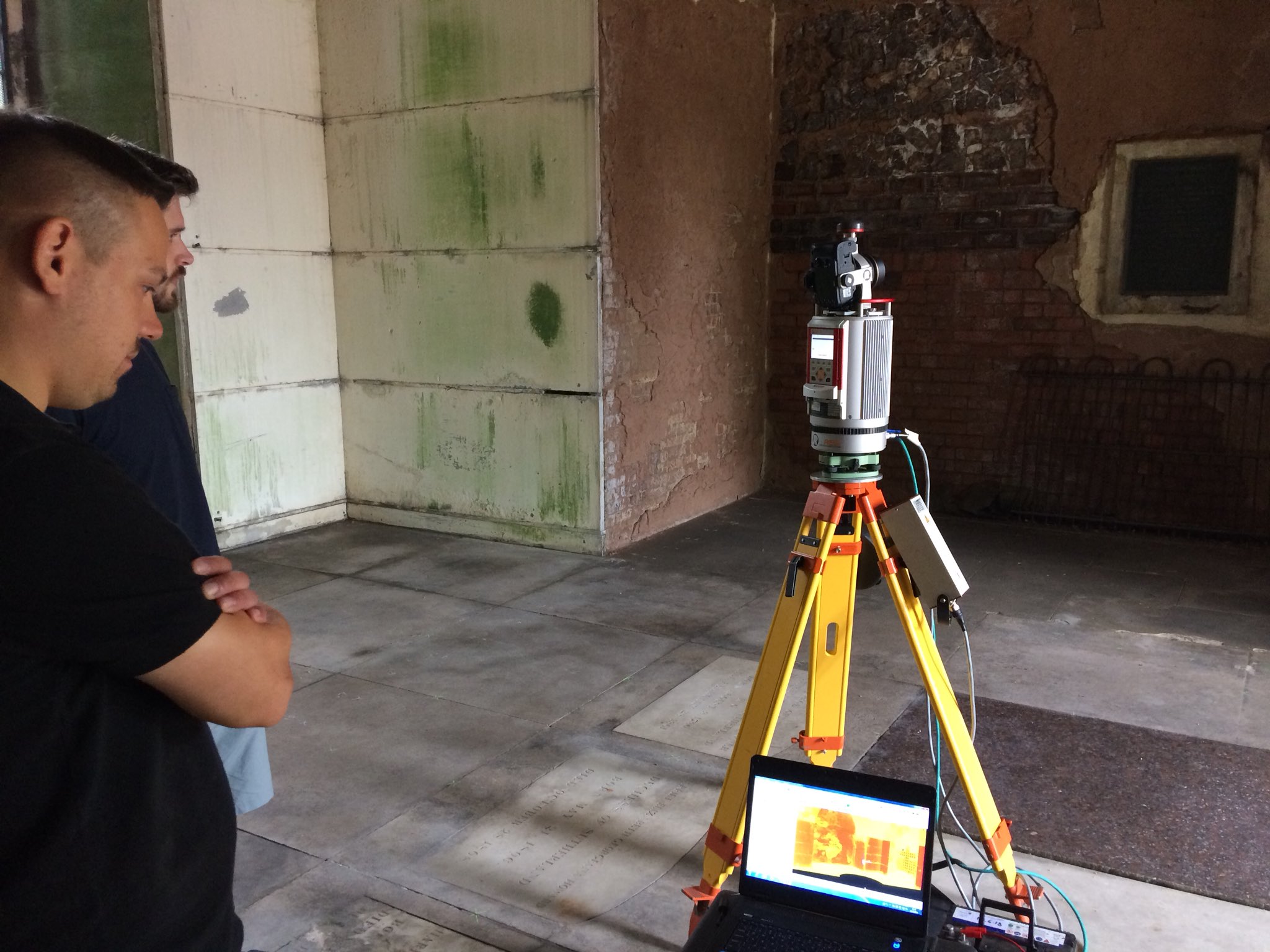State of the art analytical and surveying equipment
Getting you equipped for both analytical and field research.
Our teaching and research is supported by the availability of a wide range of analytical instruments from handheld spectrophotometers and X-ray fluorescence to laboratory-based gas chromatographs, a range of microscopes, particle size analyser, organic elemental analysers and ICP-OES and ICP-MS. These instruments are routinely used for research purposes at Keele University under funding from NERC, ERDF, Environment Agency, Royal Society of Chemistry, etc.; however, we do offer sample analysis service for outside universities, consultancies and government and non-government organizations.
Laboratory equipment list
Geophysics & surveying equipment list
Bespoke aquatic geophysics boat
FNS-funded adapted kayak with electric motor, dGPS spatial positioning, Water Penetrating Radar (WPR) and sonar to allow inland accurate surveying. Can also be used to collect water/sediment samples.
School of Life Sciences,
Huxley Building,
Keele University,
Staffordshire,
ST5 5BG
Tel: +44 (0) 1782 734414
Enquiries:
Tel: +44 (0) 1782 734414
Email: lifesciences.office@keele.ac.uk



















